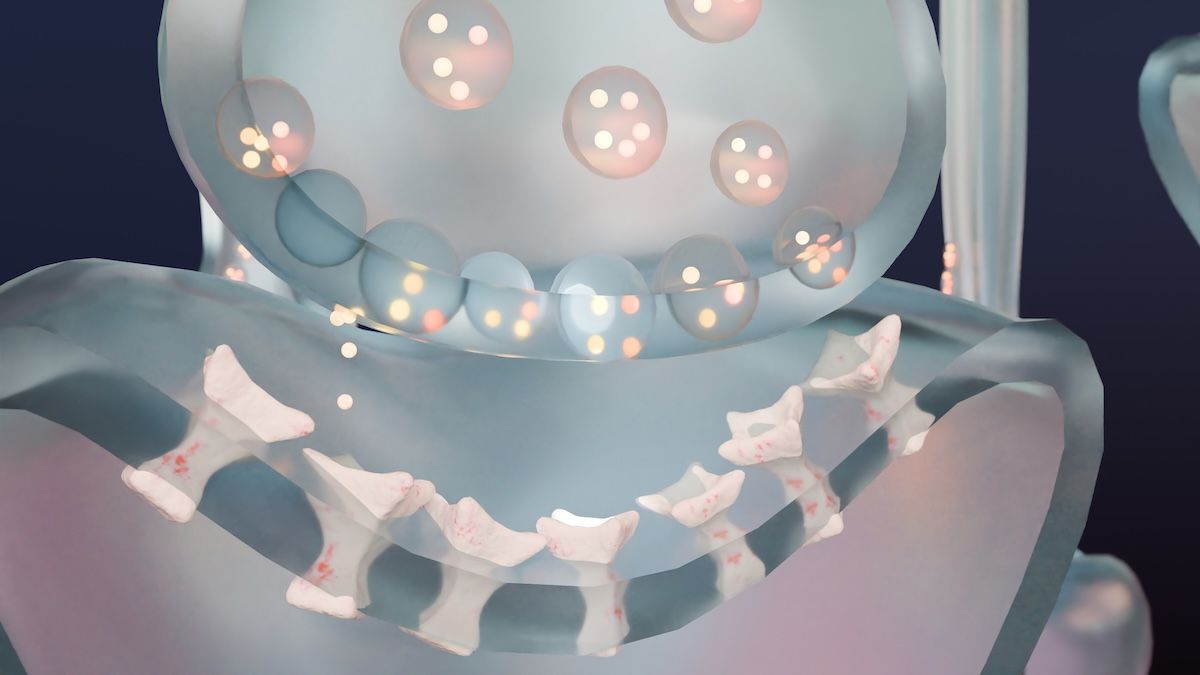Article
Shingles Vaccination Now Recommended at Age 50
Author(s):
People age 50 and older should now receive the shingles vaccine, according to a new recommendation by the American Academy of Ophthalmology and the American Dermatological Association, which lowers the recommended age by 10 years.
People age 50 and older should now receive the shingles vaccine, according to a new recommendation by the American Academy of Ophthalmology and the American Dermatological Association, which lowers the recommended age by 10 years.
Shingles is estimated to develop in 1 of 3 people, with the most cases occurring among those in their 50s. The condition consists of a painful and itchy rash on the skin, leading to the formation of blisters and scabs, which are temporary—but the pain lasts long-term.
Some shingles patients also experience herpes zoster ophthalmicus, a painful and disfiguring complication, that can cause blindness. Herpes zoster is the virus that causes chicken pox—it remains in the body and is reactivated by shingles later in life because of the natural aging process or a weakening of the immune system. Although an effective vaccine is available, many shingles patients are unvaccinated.
If the shingles virus infects the nerves of the eye, further issues can occur, including:
- Rash on eyelids
- Eye infections
- Pink eye
- Infection and inflammation of the cornea
- Dry eye
- Blurry vision
- Pain and swelling inside the eye
- Swelling of the optic nerve
- Breakdown of the cornea, requiring a corneal transplant
"Ophthalmologists and other physicians have a moral obligation to encourage immunocompetent people older than 50 to get vaccinated," Elisabeth Cohen, M.D., clinical spokesperson for the American Academy of Ophthalmology, said in a statement. "The number of people affected is growing, and the health consequences are significant. The zoster vaccine is safe and effective. If you are older than 50 and are eligible, just do it."
In the past 15 years the risk of shingles has increased by almost 70%, however, there is no known cause for this. The risk increases after the age of 40 and sharply increased at age 50. Of those who live to age 85, about 50% will develop shingles.
Despite the prevalence of shingles, only 31% of eligible patients, age 60 and older, are vaccinated, and about 5% of those 50 to 59 years old, according to the CDC. Therefore, the American Dermatological Association supports the American Academy of Ophthalmology's recommendation for lowering the vaccination age to 50.
"Herpes zoster can have devastating outcomes with prolonged intractable pain, and the potential for loss of vision," said David E Cohen, MD, MPH, immediate past president of the American Dermatological Association. "Public health measures such as a zoster vaccine can reduce the chance of developing shingles or mitigate the impact of the disease."




